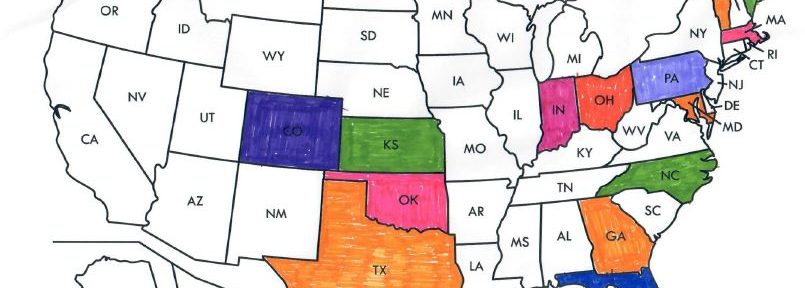Tag: antenna
-

HCRA/SOTA Jerks – 630 meter Challenge Results
Last fall HCRA and SOTA Jerks put forth a 630 meter challenge to our members. The idea and rules were simple. Get people interested in operating on the new band and offer a $100 prize for achieving the longest confirmed QSO. Yes, there were other rules but lets keep it simple. We’re all about simple!…
-
DX Bulletin 39
QST de W1AW DX Bulletin 39 ARLD039 From ARRL Headquarters Newington CT September 25, 2014 To all radio amateurs SB DX ARL ARLD039 ARLD039 DX news This week’s bulletin was made possible with information provided by HA3JB, ZL4PW, the OPDX Bulletin, 425 DX News, The Daily DX, DXNL, Contest Corral from QST and the ARRL…
-
Field Day Aerial Video
I’ve published a short video clip of our towers and antennas as seen from above. Nothing fancy but fun to look at, whether or not your were at Field Day. Field Day Aerial Video Enjoy, see you next year at FD 2015! Jim
-
Massachusetts to Host USA ARDF Championships June 5-8
The USA ARDF (Amateur Radio Direction Finding) Championships return to the Northeast this year. ARRL ARDF Coordinator Joe Moell, K0OV, said on-foot foxhunting fans of all skill levels will gather near Boston in early June for 4 days of intense competition. Registration to participate in the event has been extended to June 1. Activities begin…
-
HCRA Foxhunt – June 1st
Now that things are warming up in Hampden County, I think it’s time to have ourselves a Foxhunt. So dust off your direction finding equipment and make sure it works. With thanks to Larry, W1AST (ex WB1DBY), We had a decent turnout for our last foxhunt that took place in the fall of 2013. Jeff,…
-
Next HCRA Meeting Friday, January 3rd
Next HCRA Meeting Friday, January 3rd Guest Speaker Fred Hopengarten – K1VR Bundle up and come on out to HCRA’s January meeting where guest speaker Fred Hopengarten – K1VR will discuss the legal aspects of antennas and towers. Fred is the author of the book Antenna Zoning published by the ARRL and has been a…
-
Fox Hunt Coming Soon – Sun, Nov 3rd – BE THERE!
That’s right folks, time to break out your RDF equipment because there will be a fox loose on Sunday, November 3rd, 2013. When: Sunday, Nov 3rd Where: Forest Park, Rt.5 Picknelly Field (RT. 5 Enterence To Forest Park @ Indian Sculpture) Columbus Ave, Springfield, MA 01106 Starts at 2pm and should last a couple hours.…
-
Foxhunting meeting tomorrow night – don’t miss it!
February first is indeed tomorrow – also the date of our next HCRA meeting. We’re putting on an ‘all about foxhunting’ presentation by a few of our members. If you’ve never heard of foxhunting this will be the time to learn. If you have foxhunted in the past that’s OK, we’re going to cover some…
-
OPERATING TIP
OPERATING TIP CQ WW RTTY Director, Ed WØYK, shares the log submission issues experienced by all contest sponsors. “It is apparent that many people do not read the robot email reply they receive. At the bottom of that email, the robot lists the format errors in the log. If you don’t understand what the robot…
